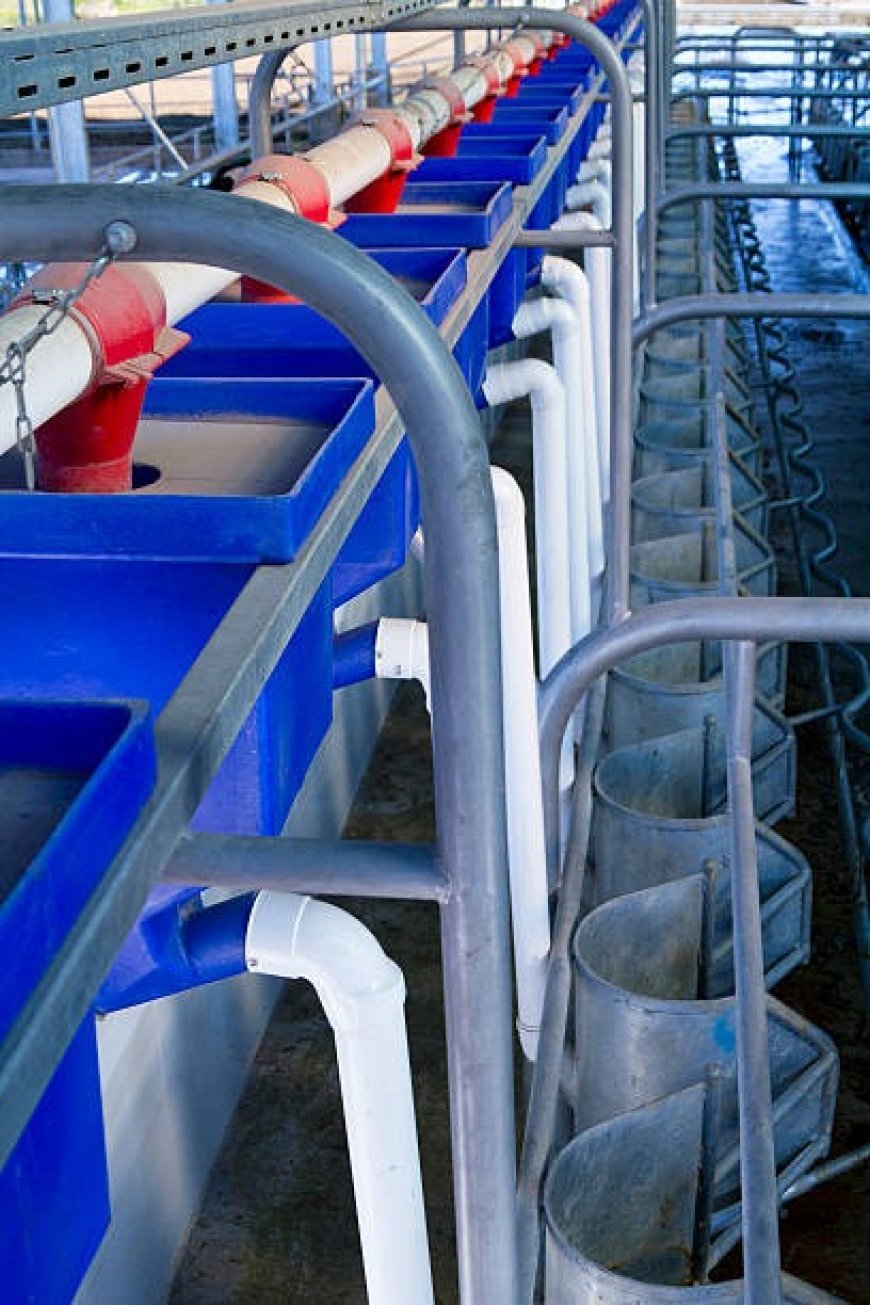How to Maintain and Install Stock Troughs for Long-Term Performance
Learn to install & maintain stock troughs for lasting use. Boost livestock hydration & ensure top performance with these simple tips.

When livestock don't drink, everything else starts to slip. Stock troughs might be basic gear, but if they're leaking, blocked, or full of sludge, you'll see the results in weight, health, and movement. Whether setting up a new paddock or swapping out a cracked unit, getting the install right upfront saves time and trouble.
Pick a Spot That Drains Well
A trough is only as good as the ground it's sitting on. Put one in a hollow and you'll end up with soft footing, boggy surrounds, and a base that shifts or breaks. It's not just messy, it's a risk to stock and hard on the gear.
Use flat, firm ground and lay a bed of compacted gravel or road base. It doesn't need to be deep, just enough to stop movement and let water drain away. Stay clear of trees unless you want to be cleaning out leaves every other day. If you're setting up in a paddock with heavy cattle, make sure there's enough room around the trough so they're not pushing each other into the mud.
Lay the Base and Fit the Valve
Concrete stock troughs are tough, but only if they're installed properly. Dropping one onto bare soil or skipping the prep might save time now, but it'll cost you later when the base shifts or a rim cracks.
Level the pad first and make sure the trough sits evenly. Fit the float valve and plumbing before filling - nothing worse than having to tip out a full trough to fix a leaking fitting. Keep everything accessible so you're not climbing in to check the gear.
Once it's in and full, watch how it settles over the next few weeks. Walk the edges and check for erosion, soft spots, or slow leaks.
Keep It Clean With Minimal Effort
Clean water keeps stock drinking. Let things slide, and you'll end up with slime, smell, and animals avoiding the trough altogether.
You don't need to go overboard. Every few days, give it a once-over:
• Sweep out leaves, grain, and droppings
• Scrub algae off the sides with a stiff broom
• Flush standing water if it's been sitting too long
• Check the float and inlet for proper flow
Some use gravel in a bucket to loosen grime on the base, this works well for scouring without damaging the surface.
Help the Water Stay Drinkable in the Heat
Plastic and metal troughs heat up quickly, especially in full sun. That's when you start seeing stock drinking less - or hanging back until evening.
Quality stock troughs made from pre-cast 40mpa steel fibre reinforced concrete hold temperature better. They don't warm as fast or swing wildly with the weather. In hotter regions, a bit of shade cloth nearby or early-morning top-ups can help to stop the water from getting hot and stale by midday.
Know When It's Time to Replace
When your stock troughs are doing their job properly, you barely think about them - and that's the point. But if a trough's leaking from the base, cracked at the rim, or sagging from years of patch jobs, it's probably done. You could keep chasing fixes, but the time and water loss usually isn't worth it.
Concrete stock troughs are built for work. They hold shape under pressure, don't rust, and don't give out mid-season. A quality concrete trough won't just make the job easier - it'll keep stock watered without the usual dramas.
If you're planning for spring, now's a good time to speak to a local supplier selling heavy-duty troughs designed for livestock and weather extremes.







